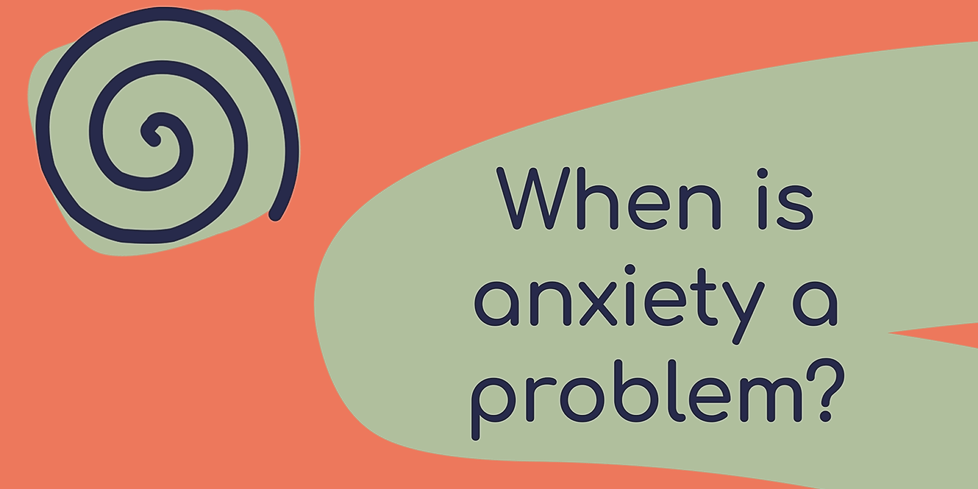It’s natural to feel a little anxious from time to time. We’ve all felt anxiety when sitting an exam, meeting new people, or giving a presentation. These feelings usually pass when the situation is over, however. Anxiety can become a problem when: we feel anxious too often or for too long, it affects our day-to-day life, it stops us doing things we want to do, or we worry too much about things that shouldn’t give so much concern.
If the Fight or flight response is triggered too often or for long periods of time it can have a big impact on how we think, feel, and behave. If someone gets ‘stuck’ in this state of high alert, they may:
· Find it difficult to concentrate on anything but the supposed danger.
· Overreact, start looking for ‘threats’ or feel ‘under attack’.
· Breathe deeper or shallower and feel light-headed.
· Have difficulty relaxing and sleeping.
· Avoid certain situations that make them feel particularly anxious.
· Appear more aggressive or impulsive.
· Seem distracted and find it more difficult to take in or remember information.
· Drink more alcohol to try to relax.
Experiencing one anxious thought after another can also make it difficult to see life with a positive attitude or simply enjoy life in the moment. Anxiety can have physical effects, as well, including headaches, sickness, diarrhea, panic attacks and hyperventilation (rapid breathing). It can also increase the risk of picking up colds and infections and of experiencing problems like high blood pressure and irritable bowel syndrome.













